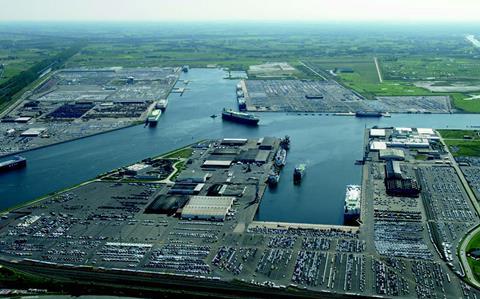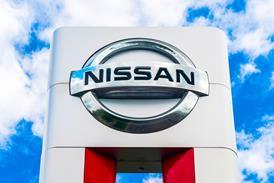
The coastal port of Zeebrugge in Belgium has grown into one of the most important transport centres giving access to the European market.
The port has a unique geographical position:
• On the coast of the North Sea, the busiest sea in the world
• At the crossroads of the cargo flows between the continent and the United Kingdom and between Scandinavia and southern Europe
• The port of Zeebrugge acts as a transhipment hub for the UK and Ireland. All east coast ports are served with frequency
• Close to the industrialised centres and large cities of the European continent.
Zeebrugge has developed into a versatile port. It is a leader in European maritime trade with more than 25 daily freight departures to the UK, Scandinavia and the Baltic region, as well as to southern Europe.

It is also a major gas hub with shipments from Russia and Qatar, LNG bunkering facilities and pipeline connections to France, Norway and the UK.
The port of Zeebrugge is a top-class container port that can accept the largest container vessels at its state-of-the-art container terminal. In and around the port of Zeebrugge some 8m cars are assembled per annum with dense flows of related components and finished vehicles.
Zeebrugge is therefore a global leader in the car trade with more than 2.8m units handled per year, whether imported, exported or transhipped. Major deep-sea shipping lines and feeder operators centralise their activities in the Zeebrugge hub and the terminals together have a capacity of 230,000 units over an area of approximately 410 hectares.
There are six centres providing quality control, pre-delivery services and option fitting as per customers’ needs. All related services, both technical and logistical, are provided for.

ADDITIONAL INFORMATION
• Existing customers include Toyota, Groupe PSA, Mercedes-Benz, Ford, Mitsubishi, BMW, Volvo, Renault, Mazda, Nissan, Suzuki and others
• Turnover in 2018: g78.9m ($81.7m)
































